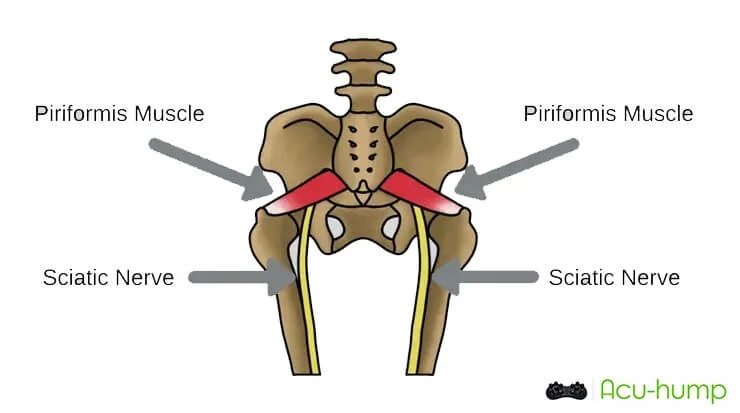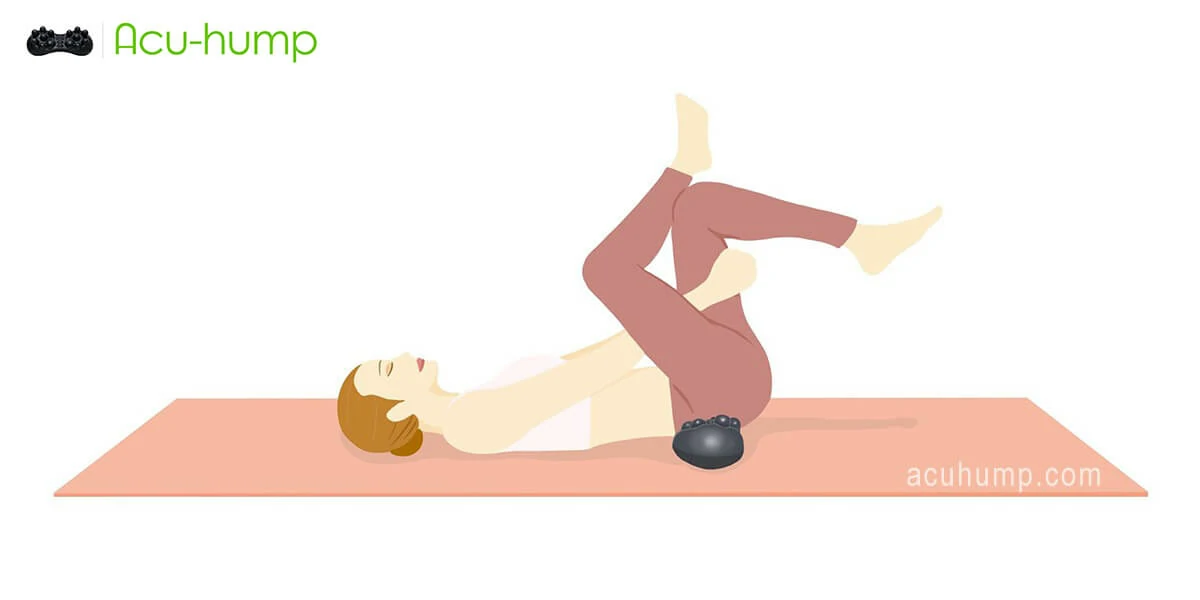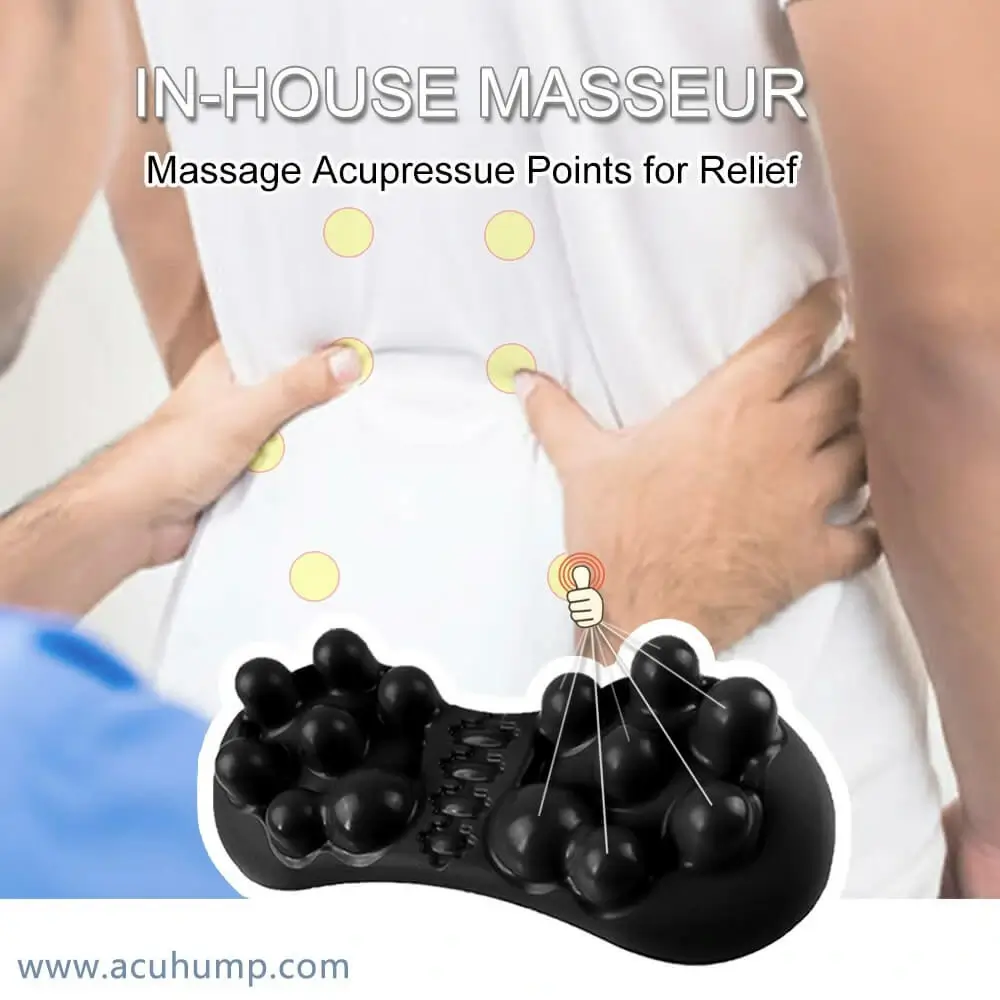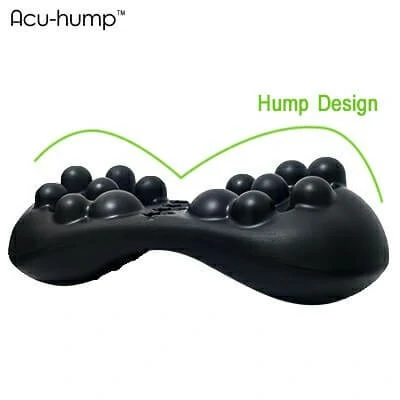Piriformis syndrome is a condition characterized by pain, tingling, and numbness in the buttocks and down the leg, often caused by the compression of the sciatic nerve. Before attempting any home treatments, it is important to consult with a healthcare professional for an accurate diagnosis and personalized advice tailored to individual needs. With proper guidance, incorporating these home remedies can help alleviate pain and improve mobility.


Acu-hump®
Release Butt & Lower Back
Rest and Activity Modification
Resting the affected area is crucial to allow for proper healing. Avoid activities that worsen the pain, such as prolonged sitting or high-impact exercises. Modify daily activities to reduce stress on the piriformis muscle, such as using proper ergonomics while sitting and avoiding heavy lifting.
Heat and Ice Therapy
Applying heat packs or warm compresses to the affected area can help relax the tense muscles and improve blood flow. This can be followed by ice therapy, such as ice packs or cold compresses, to reduce inflammation and swelling. Alternating between heat and ice therapy can provide relief and promote healing.
Stretching Exercises
Stretching exercises can help lengthen and relax the piriformis muscle, alleviating pressure on the sciatic nerve. Effective stretches include the figure 4 stretch and seated piriformis stretch. It is important to perform these stretches with proper form, gradually increasing the stretch intensity and duration over time.

Incorporating the Acu-hump, a valuable tool, can enhance the figure 4 stretch by providing targeted pressure to the muscles in the hips and lower back.

Acu-hump® Relieve Piriformis Pain
Acu-hump Self-massage Tool
This self-massage tool can help release tension in the piriformis muscle. Using a Acu-hump, individuals can apply pressure to the piriformis muscle, gently massaging the area.

Incorporating the Acu-hump into the self-massage routine can enhance the effectiveness of these techniques, providing targeted pressure and promoting muscle relaxation.
Acu-hump: 30-day return policy. No risk for you.
Strengthening Exercises
Piriformis strengthening the supporting muscles around the piriformis can improve stability and alleviate strain. Recommended exercises include hip abductor exercises and glute bridge variations. Gradually increasing intensity and frequency of these exercises can help build strength and prevent future flare-ups.
Pain Medication and Anti-Inflammatory Options
Over-the-counter pain medication, such as nonsteroidal anti-inflammatory drugs (NSAIDs), can help alleviate pain and reduce inflammation. However, it is important to consult with a healthcare professional before taking any medication to ensure it is suitable for individual circumstances and to avoid potential side effects or interactions.
Lifestyle Modifications
Certain lifestyle changes can contribute to managing piriformis syndrome. Maintaining a healthy weight can reduce stress on the piriformis and overall musculoskeletal system. Practicing good posture and avoiding prolonged sitting can help alleviate strain on the lower back and buttocks. Engaging in regular exercise, such as low-impact activities like swimming or cycling, can help improve flexibility and strengthen the supporting muscles.
Treating piriformis syndrome at home can provide significant relief and improve overall mobility. However, it is important to consult with a healthcare professional for an accurate diagnosis and personalized advice. By incorporating rest, hot and cold therapy, stretching and strengthening exercises, self-massage, pain medication (if necessary), and lifestyle modifications, individuals can effectively manage piriformis syndrome and regain their quality of life.
With consistency and patience, these home treatments, including the integration of the Acu-hump, can provide long-term relief and minimize the risk of future flare-ups.


Acu-hump: 30-day return policy.
You have no risk.
